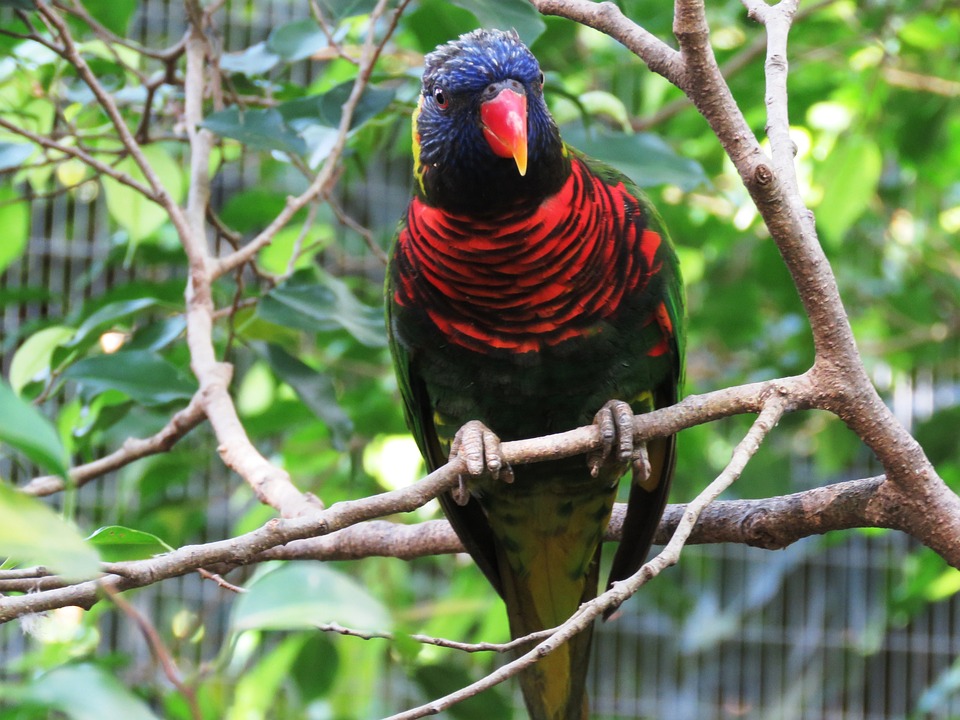Parrots, known for their vibrant feathers, playful personalities, and remarkable intelligence, require a good night’s sleep to stay healthy and happy. Just like humans, they need a comfortable and secure sleep area to promote restful sleep and overall well-being. In this article, we will explore various aspects of creating an ideal sleep environment for your parrot, ensuring they enjoy quality sleep every night.
Understanding Parrot Sleep Patterns
Before diving into creating a sleep area, it’s essential to understand the sleep patterns of parrots. In the wild, parrots usually sleep during the night, allowing them to rest undisturbed while predators are less active. However, captive parrots may adjust their sleep patterns to align with their human caregivers’ schedules.
It’s important to note that parrots require approximately 10-12 hours of uninterrupted sleep each night. Disrupted or inadequate sleep can lead to behavioral issues, increased stress, and compromised immune systems. Therefore, providing a conducive sleep environment is crucial for their overall well-being.
Choosing the Right Sleep Cage
One of the primary factors in creating a comfortable sleep area is choosing the right sleep cage for your parrot. Consider the following factors when selecting a sleep cage:
1. Size and Spacing: Ensure the cage is spacious enough for your parrot to stretch its wings and move around comfortably. The spacing between the bars should be appropriate to prevent any potential injuries.
2. Location: Place the sleep cage in a quiet area of your home, away from high traffic or noisy areas. This will minimize disturbances and help your parrot sleep undisturbed.
3. Light Control: Cover the cage with a breathable, light-blocking fabric to simulate darkness during sleep hours. This will prevent external light sources from disrupting your parrot’s sleep.
4. Ventilation: Ensure the cage provides adequate airflow to maintain a comfortable temperature and prevent stale air accumulation.
5. Perches and Comfort: Include comfortable perches and soft bedding materials in the cage to promote relaxation and prevent foot sores.
Managing Noise and Visual Disturbances
To create a secure sleep environment, it’s crucial to minimize noise and visual disturbances that can disrupt your parrot’s sleep. Consider the following tips:
1. Avoiding Loud Noises: Keep your parrot’s sleep area away from areas with loud appliances, TVs, or speakers. Sudden loud noises can startle your parrot, causing sleep disturbances.
2. Curtailing Visual Distractions: Cover the cage on three sides, leaving one side exposed for ventilation. This helps block excessive visual stimuli while allowing your parrot to feel secure and protected.
3. Consistent Bedtime Routine: Establish a regular bedtime routine for your parrot. This can include dimming the lights, providing a calming environment, and engaging in quiet activities before sleep.
FAQs (Frequently Asked Questions)
Q1: Can I use a regular cage for my parrot’s sleep area?
While it’s possible to use a regular cage, it’s recommended to have a separate sleep cage. This helps create a distinction between the parrot’s active daytime area and its dedicated sleep space, promoting a stronger sleep association.
Q2: Should I cover the cage entirely during sleep hours?
No, it’s important to allow some ventilation and prevent complete darkness. Covering the cage on three sides helps create a cozy sleep environment while still providing a sense of security.
Q3: Can I use a night light for my parrot?
Ideally, parrots should sleep in darkness. However, if your parrot becomes anxious in complete darkness, you can use a dim night light. Ensure the light is not too bright or positioned directly towards the parrot’s sleeping area.
Q4: What should I do if my parrot is having trouble sleeping?
If your parrot consistently has trouble sleeping, it’s advisable to consult with an avian veterinarian. They can assess your parrot’s health, behavior, and environment to identify any underlying issues that may be affecting their sleep.
Creating a comfortable and secure sleep area for your parrot is essential for their overall well-being. By understanding their sleep patterns and implementing the tips mentioned above, you can ensure your feathered friend enjoys a peaceful and restorative slumber each night.









